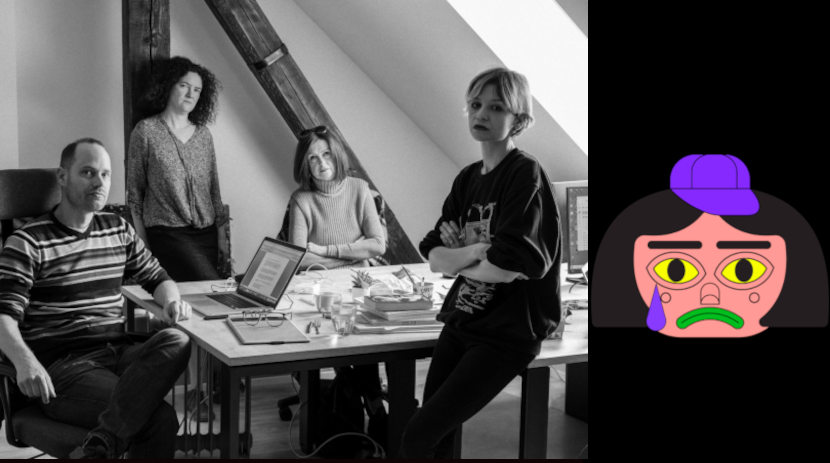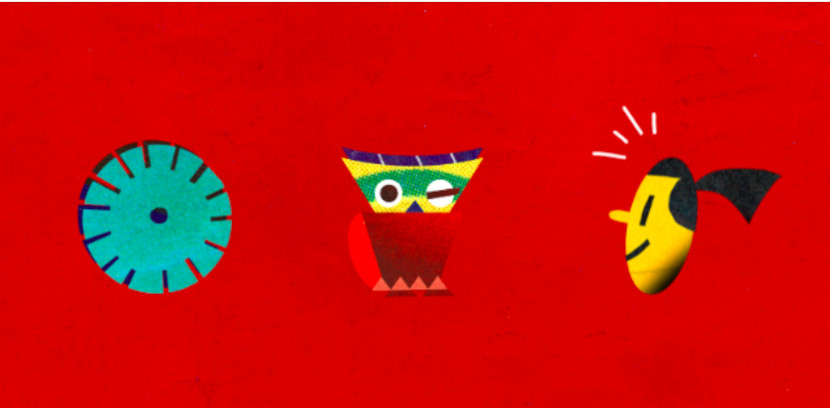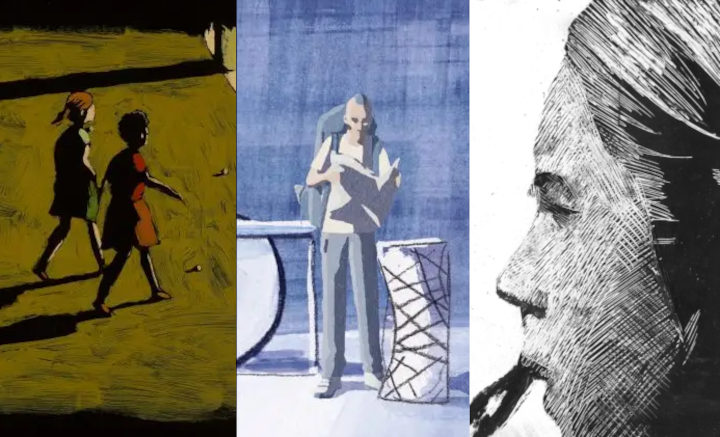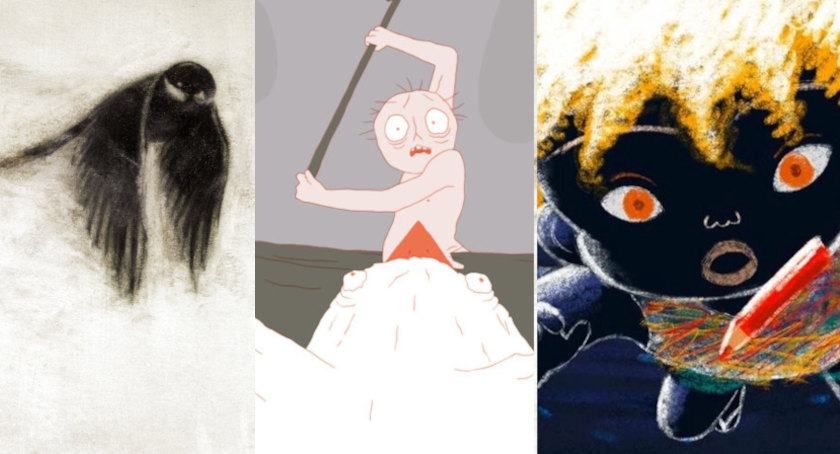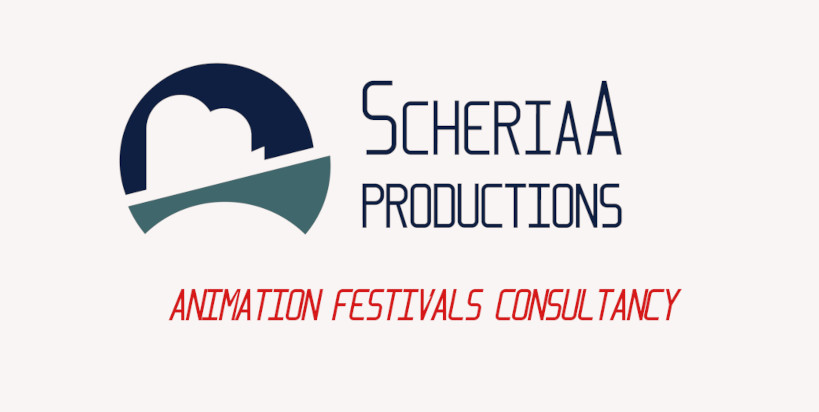On (Non)Narratives of Miracles and Miseries : Notes On the OIAF 2023 Program
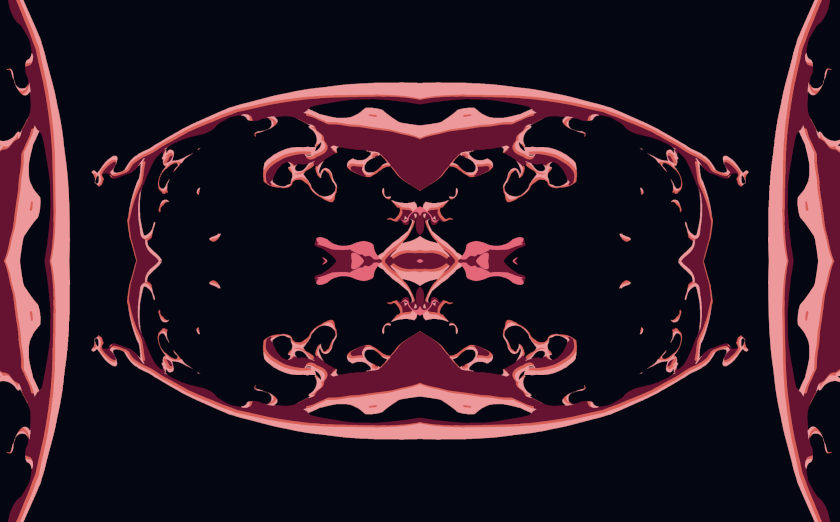
Along my 30+ years, if cursory, personal history with OIAF, most recently I've been covering for Zippy Frames its online editions amidst the pandemic hurdles, both enjoying the sudden paradoxical openness in closures – and meditating in part on what that entailed. The 2021 review was ending in hope, against all the shifts in climate, world order, or presentation modes, to catch up again in time, "from/in any place or screen possible”…
Next year, however, had to be skipped, as the festival went back live with no remote accreditation. This time around, I was provided with online access, if still limited in scope, nevertheless to most of the short competition entries for the 38th edition of OIAF (September 20 – 24, 2023).
So then, here are my notes, albeit within the given limits; and selective as usual; reserving the broader discussion on all the on-off-line-access aspects-issues for another time. Maybe it’s in turn a lucky chance to focus, in the absence of tangible or ephemeral festival experience per se, sidekicks and such, just on films – but also contemplating along the way certain general questions the available program allows.
To start with the main attraction: Grand Prix winner – and my personal strongest impression as well – ‘Miserable Miracle' (dir. Ryo Orikasa; Canada, France, Japan), a truly remarkable, to my taste too, film that “embraces animation as an intoxicating cocktail of image, word, and movement”, as the jury statement goes. It’s indeed a daring play with and around the ‘textual matter’, and moreover, of handwritten-manuscript or doodle-bordering nature. It appears, though, not out of the blue, this kind of inclination – and indeed the strive for the specific variety of filmmaking – shows already in the director's graduate work at Tokyo University of the Arts, back in 2011, 'Writings Fly Away’. There he attempted to draw-in-raw, so to speak, the text-pages of Oscar Wilde’s 'The Happy Prince' (with a characteristic dedication to none other than J.L. Borges who once translated this tale) – in fact, attempting “to set this work – a film using texts, or a film-book – between watching and reading”, in his own formulation.
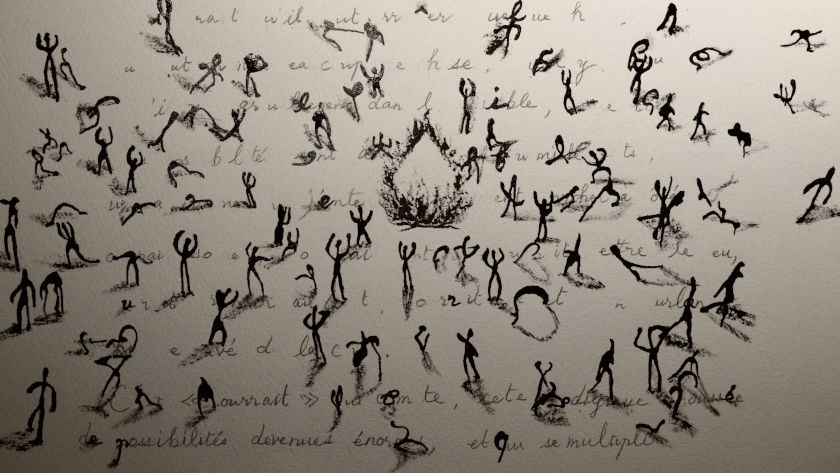
Miserable Miracle
Here, in the new step into this strange intriguing territory, he goes further and edgier, both in terms of sources and his own ambitions: ‘freely adapting’ the writings of Henri Michaux and being ‘freely inspired’ by his drawings, as indicated right in the credits. Yes, a stylization in certain part and of a certain sort – in that perhaps connecting rather closely to the whole trend or movement which Michaux was somehow associated with, to what was labeled ‘asemic writing’, with its train of ambiguous collision of the verbal and the pictorial, and ambivalence of the ‘meaning’. Quite an enthralling and risky move which in turn surely entails complex, entangled dramaturgy between the voice-over – passionate and distant at once, complicatedly lyrical still – and the visuals – oscillating between almost abstract and quasi-figurative, in powerfully rhythmic waves – as two distinct albeit intertwined narratives.
That’s what I got to be focused especially in this program (as it could be observed): the ambiguous dichotomy of narrative/non-narrative ‘types’ of short animation that are traditionally distinguished as separate competition categories in Ottawa – and that I’ve been somewhat dwelling on in previous OIAF reviews: wandering whether the latter was or still is a misnomer, or a mere euphemism, or a protected ground for all things ‘experimental (or none of the above if I’m being misguided in demurring).
To note, in this vein, the Best Non-Narrative short, ‘Family Portraits’ (‘Albums de familles’, dir. Moïa Jobin-Paré; Canada) which mixes techniques and styles in some elegiac collage of phantom-bordering imagery (and indeed, portraying clans and/or generations, it seems), scratching on and over old photographs and recollection fragments. And in that, to my mind, does build an articulate, if not exactly easy, and yes, quite specific narrative (or shall we call it utterance) – on and around perhaps the very nature of memory in its (im)material manifestations. It might be indeed, as the jury comments, “embracing cinematic experiences that exceed description” – that’s exactly the point, then.
In turn, ‘Zima’ (‘Winter’, dir. Tomek Popakul, Kasumi Ozeki; Poland) is recognized as the Best Narrative short for both “its striking narrative and artistic vision”. Well, to me, together with the previous acclaimed ‘Acid Rain’, these are pieces of hard-boiled storytelling, even if not exactly easy-going ones: from road-rave-acid trip to gloomy earthy-village-rough-life tale-parabola; but in both cases, I believe, that’s more the ‘vision’, the design choices from era-shifting psychedelics to cleaned-up severe graphics with arguably art-deco touch – that would decisively set the framework and tone, and thus gives the story its semantic train, this time stylishly justifying almost folkloric extremes and twists in the tangle of beastly and human passions and fates.
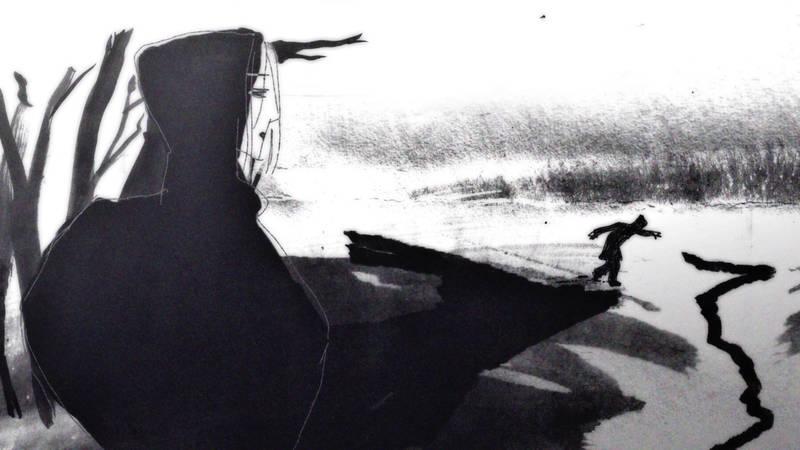
Zima
Among Craft Awards, characteristically, the same dichotomy blurs the boundaries. ‘Miracle’ (dir. Nienke Deutz; Belgium, Netherlands, France – Best animation technique), a piece of rather clear-cut transparent narrative makes it through in complexity of its inner theme of self-re-discovery, miraculously enough overcoming the misery, behind the all-included vacation diary – exactly via the semitransparent estrangement of the formal lens. And in ‘Box Cutters’ (dir. Naomi van Niekerk; France, Netherlands, South Africa), recognized for the Best Script, – though the film deserves recognition in any way, as I’ve had a chance to note already before – to me, it’s rather the idiosyncratic black-sand transformative flow that blends the poetic source into harsh animadoc-like messaging.
Aside from the awards list, I’d certainly look at a similarly peculiar and involving collision between the talk and the picture in ‘Foot Print Shop’ (US) by Gina Kamentsky: she puts the recording of her mother’s, as I’m led to believe, fragmented monologues over the montage exploration-contemplation of the foot – be that in reality-shooting mother's or daughters', or shall we see it just as such – in traces and prints, and stills and moves. Wittily inventive in itself – not a surprise from this filmmaker – this quasi-formal exercise, done in a real-physical print-shop residency, surely invites a highly-purely metaphoric, along with literal, reading: really, memory footprints, of body and soul, and relations-experiences, no less.
In ‘Obok’(‘Outside’; Poland, Germany) Izabela Plucinska frames her reservedly passionate message of oppressive alienation and striving off the bonds in an almost pictographic storyline, with sharp-punctuated angles strategy, preserving the traces-phases of movement in slowed-down rhythm of escape from the gloomy phantasmagory, be that of screen space or the order of things.
And in terms of dreamy-lyrical narrative in the stream of images, I'd point out 'The Eastern Rain' (dir. Milly Yencken; Estonian Academy of Arts), a humble, yet subtly poetic etude, with painterly artistry going beyond the hazy-figurative story-telling references; and atmospheric drive telling more than asked.
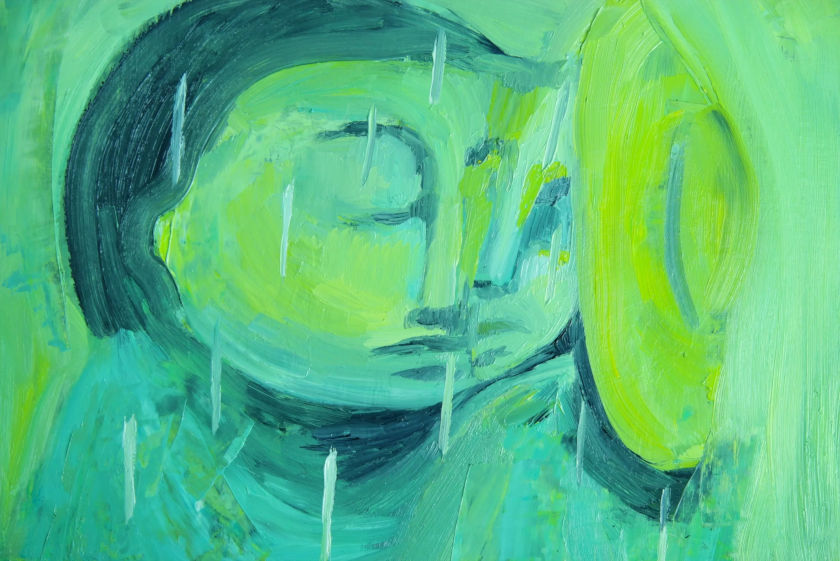
The Eastern Rain
Now, to Canadian student competition – a special OIAF program feature. The awarded film ‘Between You and Me’ (dir. Cameron Kletke) manifests principally the same trends in a good measure of traits: from textual matter played with and around, to collage-like absorption of various textures-techniques, and fast-paced montage bordering expressive abstraction – all coming to lyrical, in essence, narrative gesture, and a rather telling and touching one. ‘Bliss’ (dir. Nadya Aubrey – Honorable Mention) – an energetic and fresh rhythmic miniature in more habitually 'non-narrative', semi-abstract mode, yet collaging into it figurative-like flashes with flicks a good humor. While another mention went to 'Ruins of Equinox' (dir. Philippe Shewchenko) – an attempt at a more externalized narrative, yet still in dimly logic of stylishly minimalist drawings; not without bittersweet elegancy.
And then here is another piece, of sheer student-work bold charm, 'Egg Film' (dir. Jacob Tobin) – a deceiving at first, purely art-texture-color-line move, turning actually into the obvious reality in non-conventional angle, as a trompe-l'oeil of a sort: it's just about cracking the egg into the pan...
Well-well-well, no omelet without breaking eggs; or without breaking-mixing the modes-types-dimensions of the corresponding narrative on and in the very process, for that matter. Perhaps, this applies, doesn’t it, not only to particular films, but to the programming at large and festivals as such, with their own dramaturgy of a different and complex nature. OIAF – in history and in this edition – is no exception, I suppose.
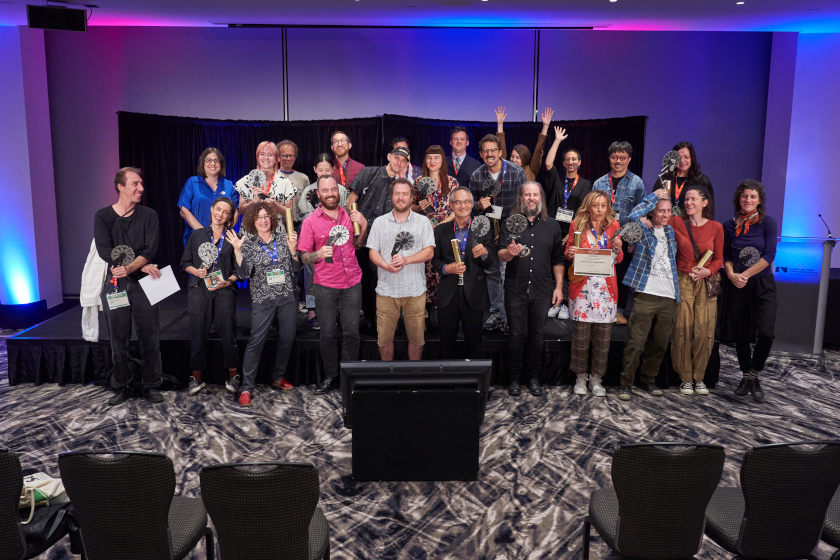
OIAF 2023 Award Winners (c) OIAF
Cover image: Egg Film, Jacob Tobin
contributed by: Mikhail Gurevich




